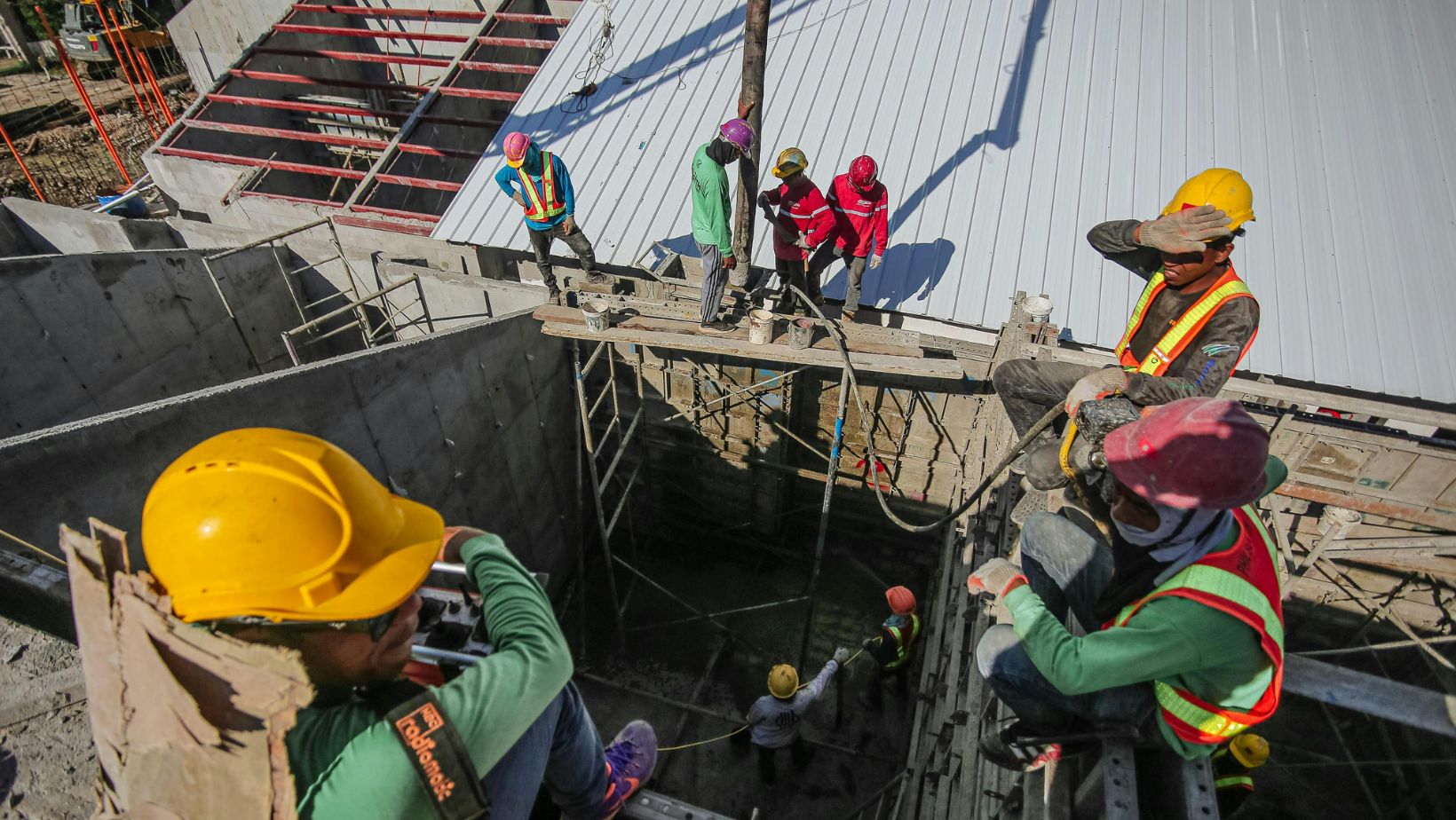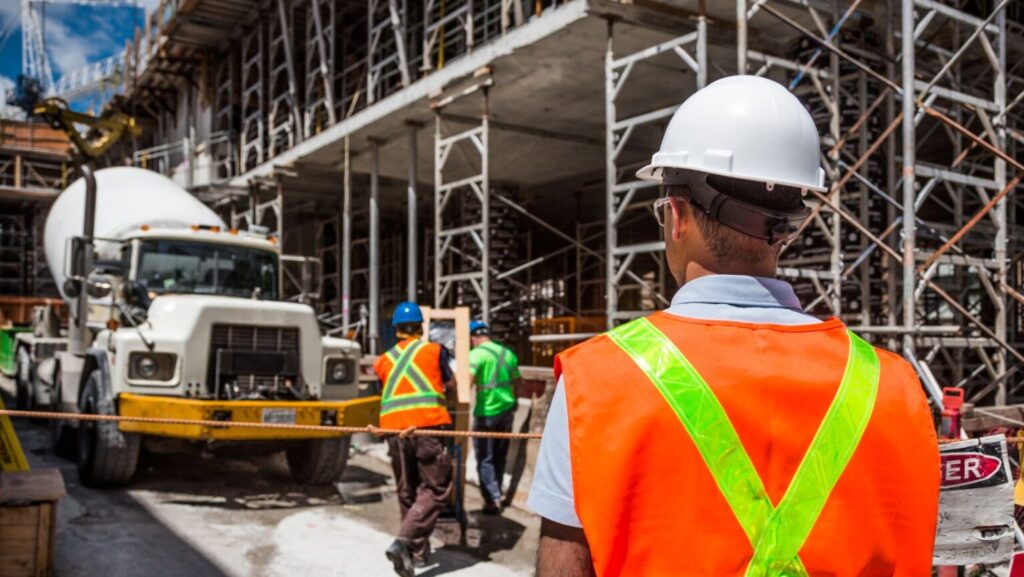Ask anyone who’s worked in construction long enough, and they’ll tell you: compliance has always been one of the more frustrating parts of the job. It’s time-consuming, detail-heavy, and constantly changing. Whether you’re dealing with building codes, safety regulations, environmental rules, or permits, staying compliant has often felt like a game of catch-up—especially when you’re trying to keep a project on schedule and on budget.
But things are shifting. We’re entering a new era where construction compliance is being redefined—not just by new regulations, but by new tools and approaches that are changing how the industry gets things done. Compliance is starting to look less like a headache and more like an opportunity: to work smarter, move faster, and operate better across the board.
So, what does this “new age” of compliance actually look like? Let’s break it down.
Smarter Systems: Leveraging Tech for Clarity and Control
One of the biggest changes we’re seeing is how construction firms are using technology to take the guesswork out of compliance. In the past, much of it was manual—tracking requirements in spreadsheets, printing out permits, and hoping nothing slipped through the cracks. But now, smarter systems are stepping in to automate and simplify the process.
Modern construction management platforms are designed to keep everything organized, from safety certifications to permit approvals. Many of these tools now include compliance dashboards that give project managers a live view of where things stand: what’s been completed, what’s pending, and what needs immediate attention.
This isn’t just about convenience—it’s about risk reduction. When you’re working on a multimillion-dollar project, a missed inspection or outdated document can cost you days of downtime and thousands in fines. Smarter systems help you catch issues early and fix them before they become costly problems.
Some platforms are even using artificial intelligence and machine learning to anticipate risks based on project type, location, and historical data. That means project teams can now get real-time alerts about potential compliance gaps and take action before they’re in violation.
Faster Processes: Cutting Through the Red Tape
Speed is everything in construction. Every delay ripples through the schedule, and compliance-related slowdowns—like waiting on permits or inspections—are some of the most common and frustrating. But with more cities adopting digital permitting systems and online inspection scheduling, things are starting to pick up pace.
Instead of submitting paper applications and waiting weeks for responses, contractors can now apply online, upload plans, pay fees, and track the status in real time. Inspections can be booked directly through digital portals, and in some cities, inspectors are using mobile apps to file reports on-site, reducing turnaround times significantly.

This kind of streamlined workflow means fewer surprises and faster approvals. And because everything’s documented and time-stamped, there’s more transparency and less confusion when things do go wrong.
For firms working in multiple jurisdictions, this shift toward digital permits and inspections makes scaling much more realistic. It’s no longer about navigating dozens of different systems—many platforms now integrate data across locations, making it easier to manage compliance consistently across all projects. Contractors in Texas, for example, can streamline their requirements by leveraging specialized resources like SWPPP Texas, which provides fast, fully compliant stormwater prevention plans tailored to local regulations. Learn more on this.
Better Culture: Turning Compliance into a Team Effort
Beyond the tools and tech, one of the biggest shifts in this new age of compliance is cultural. More construction companies are realizing that compliance isn’t just the responsibility of one person or department—it’s something that needs to be built into the everyday mindset of the whole team.
That means clearer communication, better training, and shared accountability. On many job sites today, compliance is being treated less like an afterthought and more like a key part of project success.
Superintendents are using mobile apps to log safety checks. Subcontractors are being looped into real-time updates about code changes. Field workers have quicker access to documents, guidelines, and checklists through tablets or phones. This kind of access gives everyone the tools to contribute—not just the people in the office.
When compliance is baked into the daily workflow, it becomes less of a burden and more of a standard. And that mindset leads to stronger job site safety, fewer delays, and less rework.
Data-Driven Decisions: Using Insights to Improve Over Time
Another big advantage of this smarter, faster approach to compliance is the data it generates. Every submission, inspection, safety report, or incident log creates a digital footprint. When you start collecting and analyzing that data across projects, patterns begin to emerge.
Maybe certain types of inspections cause consistent delays. Maybe a particular subcontractor struggles with documentation. Maybe safety incidents spike at certain times of the day. These are the kinds of insights that were almost impossible to capture before digital compliance systems came into play.
Now, firms can use that data to refine their processes, focus training where it’s needed most, and make better calls about staffing, scheduling, and risk management. Compliance becomes more than just meeting minimum requirements—it becomes a tool for continuous improvement.
Challenges Still Exist—But They’re Shrinking
Of course, this new era isn’t without its hurdles. Not all cities or jurisdictions are equally advanced when it comes to digital permitting. Some construction firms are still hesitant to fully embrace new systems, either due to cost, training time, or just a general resistance to change.
But the direction is clear. As younger professionals enter the industry and tech-savvy leadership becomes more common, the adoption of smarter compliance tools is only going to grow. And as that happens, the pressure will build on everyone else to keep up.
Firms that stay stuck in old-school processes will find themselves losing bids, falling behind on timelines, and facing more frequent penalties—not because the work is bad, but because the systems around it aren’t up to modern expectations.
Final Thoughts: Why This Shift Matters
Compliance will probably never be the most exciting part of a construction project—but it doesn’t have to be the most painful either. The industry is finally moving toward a model that values clarity, speed, and accountability. With better tools, faster processes, and a stronger team approach, construction firms can turn compliance from a burden into a strength.
This shift matters because it affects everything else. Smarter compliance leads to smoother projects. Faster approvals mean happier clients. Better processes mean safer job sites. In other words, when compliance gets better, everything gets better.
We’re not just building structures anymore—we’re building better ways of working. And that’s something worth investing in.


